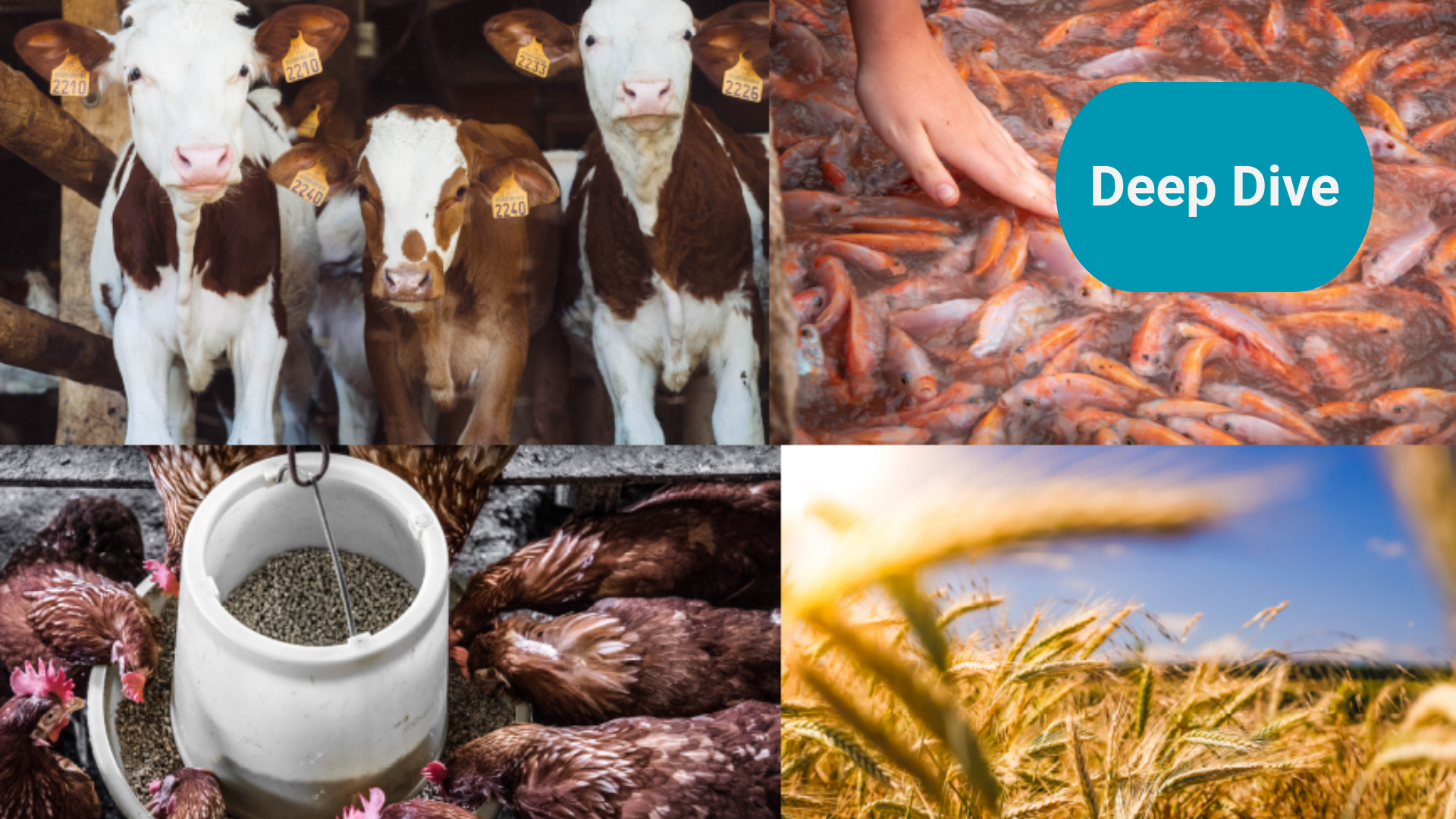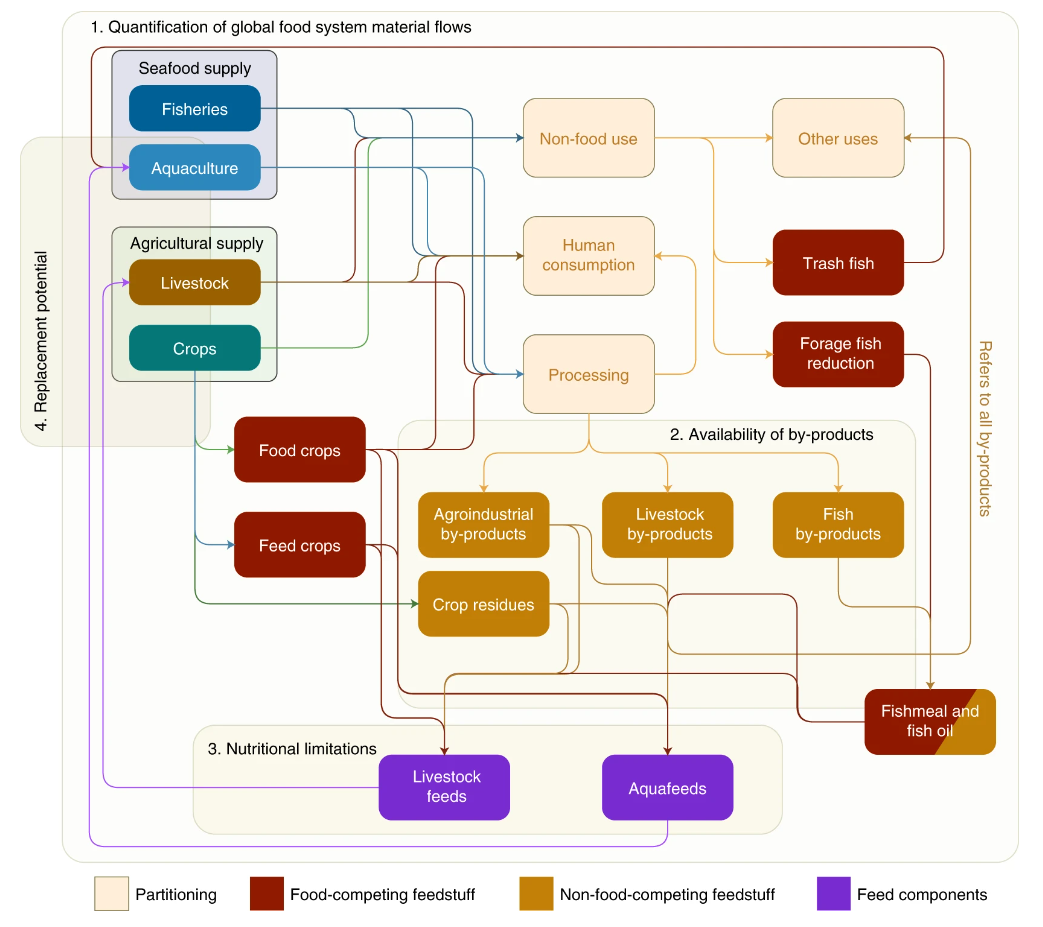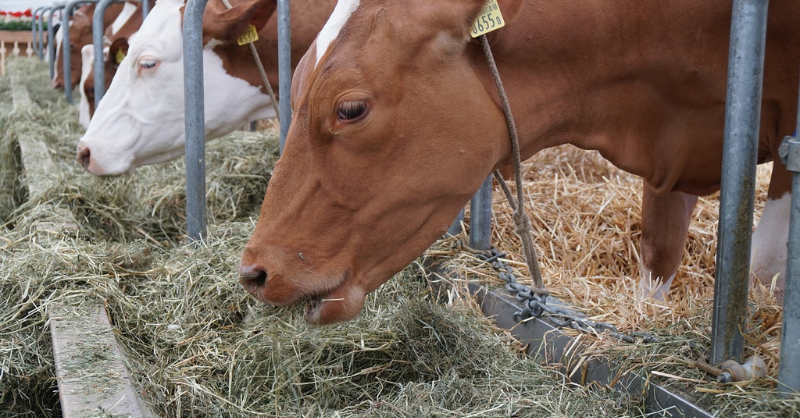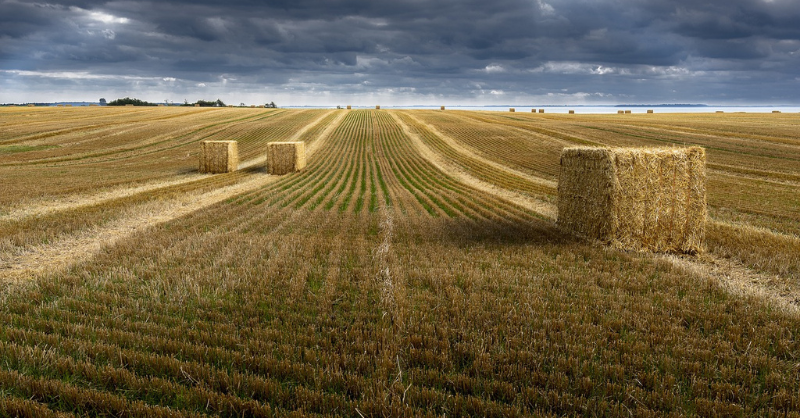
Feed the world - Changes to feed and Total Resource Productivity
Agricultural reform including waste and byproduct management could ensure the global population has sufficient nutrients.
Summary: We look at two approaches to reform in the agricultural sector. One involves changing an aspect of the agricultural system - replacing livestock and aquaculture feed that could be used for human consumption with food system by-products and residues - whilst the other proposes a wholesale reform.
Why this is important: Many larger investible companies rely on our agricultural supply chains (think food producers and supermarkets for instance), so it’s a big long-term issue all investors should be considering. Recent food supply disruption and price inflation will bring it more to the fore.
The big theme: Agriculture (and its sibling, aquaculture) sit at the intersection of a number of UN Sustainable Development Goals (UN SDGs). As one reads through the list of goals they are either directly relevant (for example goal 2: zero hunger or goal 3: good health and well-being) or have a causal relationship (for example, education improving with better nutrition and less pollution). Reforming agriculture is a big deal, in terms of greenhouse gas emissions, environmental impact, food security and rural society. But it’s going to require massive social and economic change and disruption, to production methods, to supply chains and to employment. It’s not clear that the political will to change fast enough really exists, which could mean faster and more dramatic change needs to come in the future.

The details
Change how animals are fed: feed an extra billion people
Researchers from Aalto University in Finland, led by associate professor Matti Kummu examined how food and feed flows through the global food production system. They concluded that replacing livestock and aquaculture feed that could be used for human consumption with food system by-products and residues could free up enough food to feed an additional one billion people. The changes proposed could redirect between 10-26% of total cereal production and approximately 11% of current seafood supply to human use. This would represent as much as 15% of current food supply protein content and up to 13% of caloric content.


